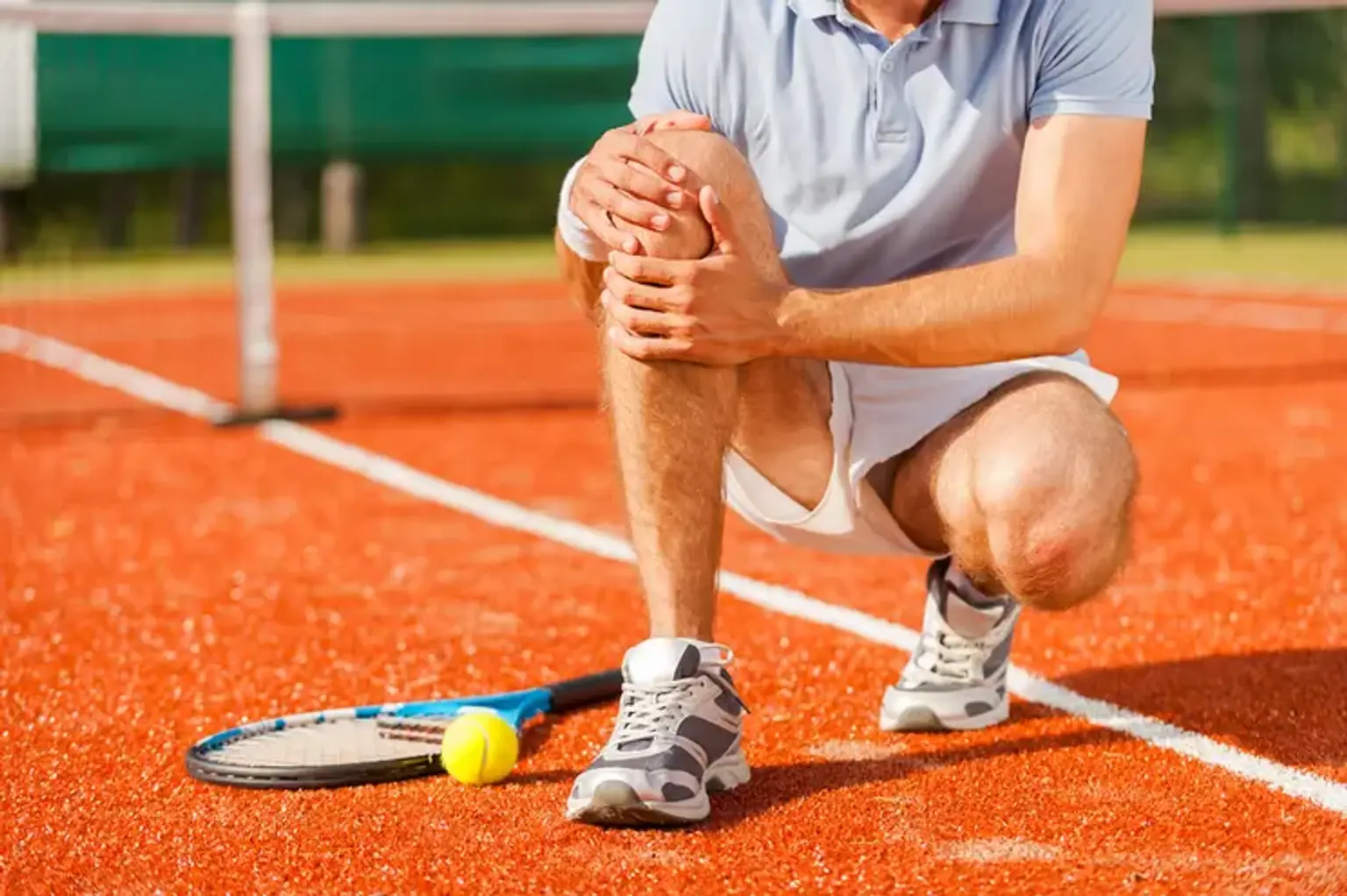Reconstruction of the Anterior Cruciate Ligament
Overview
An anterior cruciate ligament (ACL) injury is a rupture or sprain of the ACL, which is one of the strong bands of tissue that connects your thigh bone (femur) to your shinbone (tibia). ACL injuries are most prevalent in activities involving quick pauses or changes in direction, jumping, and landing, such as soccer, basketball, football, and downhill skiing.
When an ACL injury occurs, many patients hear or feel a "popping" sensation, extreme pain, difficulty to continue activity, and loss of range of motion in the knee. Your knee may swell, become unstable, and painful to bear weight on.
Treatment may involve rest and rehabilitation exercises to help you restore strength and stability, or surgery to repair the torn ligament followed by rehabilitation, depending on the degree of your ACL damage. A good training regimen can help lower the chances of an ACL injury.
